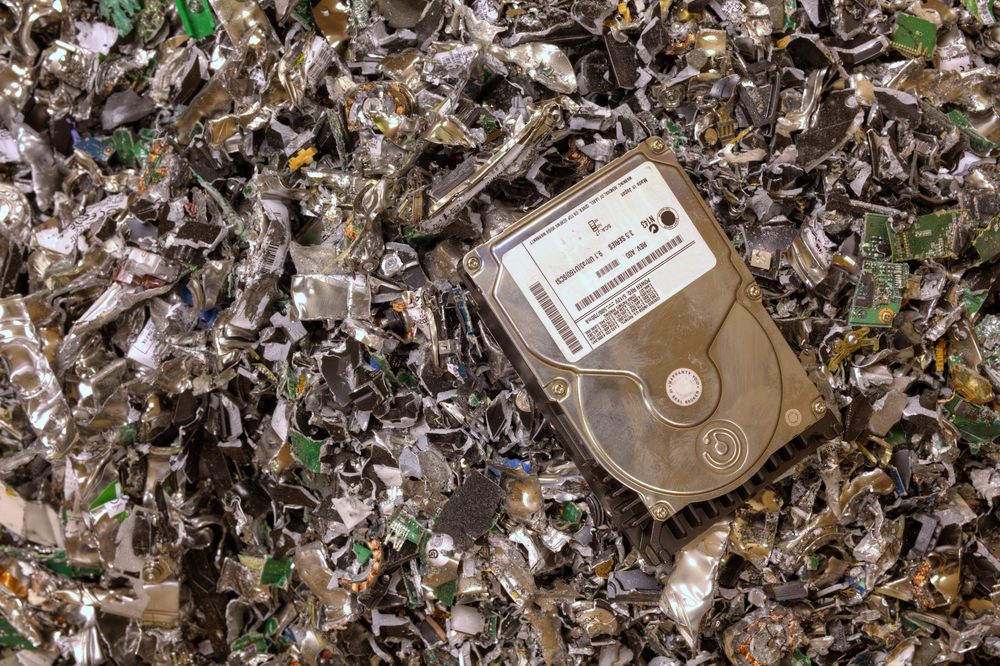5 Things You Should Know about Technology Shredding

In the digital age it’s no longer enough to worry about shredding paper documents. You also need to safely destroy and dispose of mobile phones, hard drives, computers, and other data-carrying technology.
Here are five essential things you need to know about information technology and how to securely destroy it.
Why Shred Technology?
So much confidential and sensitive information is now stored in digital form on computers, hard drives, USBs and other technology. This makes technology a prime target for information theft through unauthorised access to computers, hacking, and theft of discarded technology.
What Can Be Shredded?
A wide range of storage and other devices can be shredded. Everything from hard drives to computers to CDs, USBs, and mobile phones. Any device that is used to store personal or business information should be thoroughly destroyed before disposal.
Can Shredded Technology Be Recycled?
Almost always, yes. Once technology has been thoroughly destroyed, green shredding companies like ShredEasy sort the component parts and have them recycled wherever possible. Around 99% of all the components in a computer can be recycled. External hard drives are mostly aluminium, steel, and circuit boards, all of which can be recycled – aluminium is particularly important as it is very expensive and energy intensive to produce.
Can’t I Just Delete Sensitive Files?
Just deleting files from a computer or hard drive is not enough. These files can still be accessed with the right program or expertise. This is good if you’re trying to recover one of your deleted files, but it’s very bad if it allows an information thief to do the same with your discarded technology.
When you create a file your operating system keeps track of it with ‘pointers’ – every file and folder on your hard disk has a pointer that tells the computer where it’s data begins and ends. When you delete a file what’s erased is not the actual data but simply the pointers. This means the computer acts like there is no data there, and can overwrite it eventually, but in fact the data remains.
Information thieves are all too aware of this and discarded tech that has not been properly wiped and destroyed can give them access to a world of private data.
Can I DIY Technology Shredding?
The short answer is no. The long answer is yes, sometimes, but you probably shouldn’t. The secret to professional technology shredding is to wipe information from the device as thoroughly as possible and physically destroy it so data retrieval is impossible.
Doing this yourself would be difficult, unreliable, and dangerous. There are programs that can wipe a hard drive or computer, but they aren’t 100% reliable. The only way to be sure is to completely incapacitate the device. Some DIY methods mentioned online include fire (which will release toxic fumes), acids (which will do the same and could burn you), and microwaves (dangerous and fairly ineffective).
This is a job best left to the professionals.